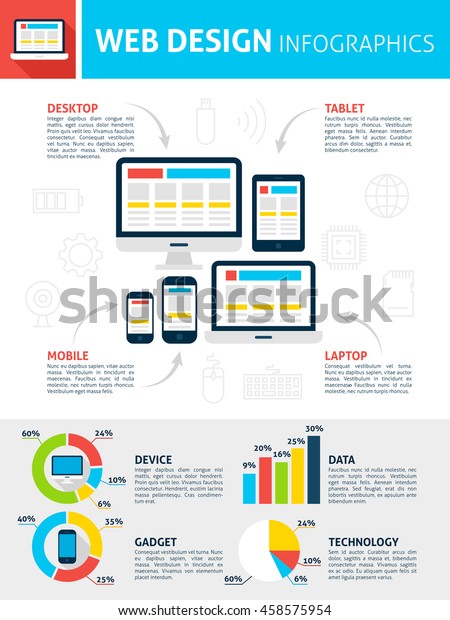In the past, web sites were basic and concentrated on information. Navigation was straight, and design was for desktop computers. Now, Prospective Patients is essential. Information guides styles for very easy navigation. Receptive layouts match various devices. Today, dark setting decreases stress, and minimalist menus enhance navigating. Interactive functions engage users, and vibrant visuals stand out. AI integration boosts engagement. See how design has advanced to enhance your on the internet trip.
Early Days of Website Design
In the early days of website design, simplicity reigned supreme. Websites were basic, with restricted colors, typefaces, and formats. The focus got on providing info rather than fancy visuals. Users accessed the net via slow-moving dial-up links, so rate and functionality were vital.
Navigation food selections were straightforward, generally located on top or side of the page. Internet sites were made for computer, as mobile surfing had not been yet prevalent. Web content was king, and developers focused on simple readability over complicated style components.
HTML was the main coding language made use of, and developers had to work within its restrictions. Animations and interactive attributes were minimal compared to today's criteria. Sites were static, with little dynamic material or tailored customer experiences.
Rise of User-Focused Layout
With the advancement of website layout, a shift towards user-focused layout concepts has ended up being increasingly noticeable. Today, creating websites that focus on user experience is crucial for involving site visitors and achieving organization goals. User-focused layout includes comprehending the needs, preferences, and actions of your target market to customize the web site's layout, material, and features as necessary.
Developers currently carry out extensive research, such as user studies and functionality testing, to gather understandings and responses directly from individuals. This data-driven technique assists in producing intuitive navigation, clear calls-to-action, and visually attractive user interfaces that resonate with visitors. By positioning the customer at the center of the layout procedure, internet sites can supply a more tailored and delightful experience.
Receptive design has also emerged as a crucial aspect of user-focused layout, guaranteeing that sites are enhanced for numerous gadgets and display dimensions. This flexibility improves accessibility and functionality, dealing with the varied ways users engage with web sites today. In essence, the rise of user-focused design signifies a shift in the direction of producing digital experiences that prioritize the requirements and expectations of the end individual.
Modern Trends in Website Design
Discover the most recent fads shaping website design today. One famous pattern is dark setting style, supplying a streamlined and modern-day appearance while reducing eye pressure in low-light settings. One more vital trend is minimalist navigating, simplifying menus and enhancing individual experience by focusing on essential elements. Including micro-interactions, such as computer animated buttons or scrolling results, can develop a more engaging and interactive internet site. Responsive design continues to be crucial, making certain smooth individual experiences throughout different gadgets. Furthermore, using bold typography and unbalanced formats can include visual rate of interest and draw attention to details content.
Incorporating AI modern technology, like chatbots for client assistance or individualized referrals, improves customer interaction and streamlines processes. Accessibility has likewise become a significant fad, with developers focusing on inclusive style techniques to accommodate diverse user needs. Accepting sustainability by enhancing web site efficiency for speed and effectiveness is one more emerging trend in website design. Working together with user comments and data analytics to iterate and improve design continuously is vital for remaining relevant in the ever-evolving digital landscape. By accepting these contemporary trends, you can create a visually enticing, user-friendly web site that reverberates with your target market.
Conclusion
As you assess the advancement of site style from the early days to currently, you can see exactly how user-focused layout has ended up being the driving force behind modern-day trends.
Embrace the trip of modification and adjustment in website design, constantly maintaining the user experience at the leading edge.
Keep present with the most up to date fads and modern technologies, and never quit developing your technique to create aesthetically spectacular and user-friendly sites.
Evolve, adjust, and create - the future of website design remains in your hands.
